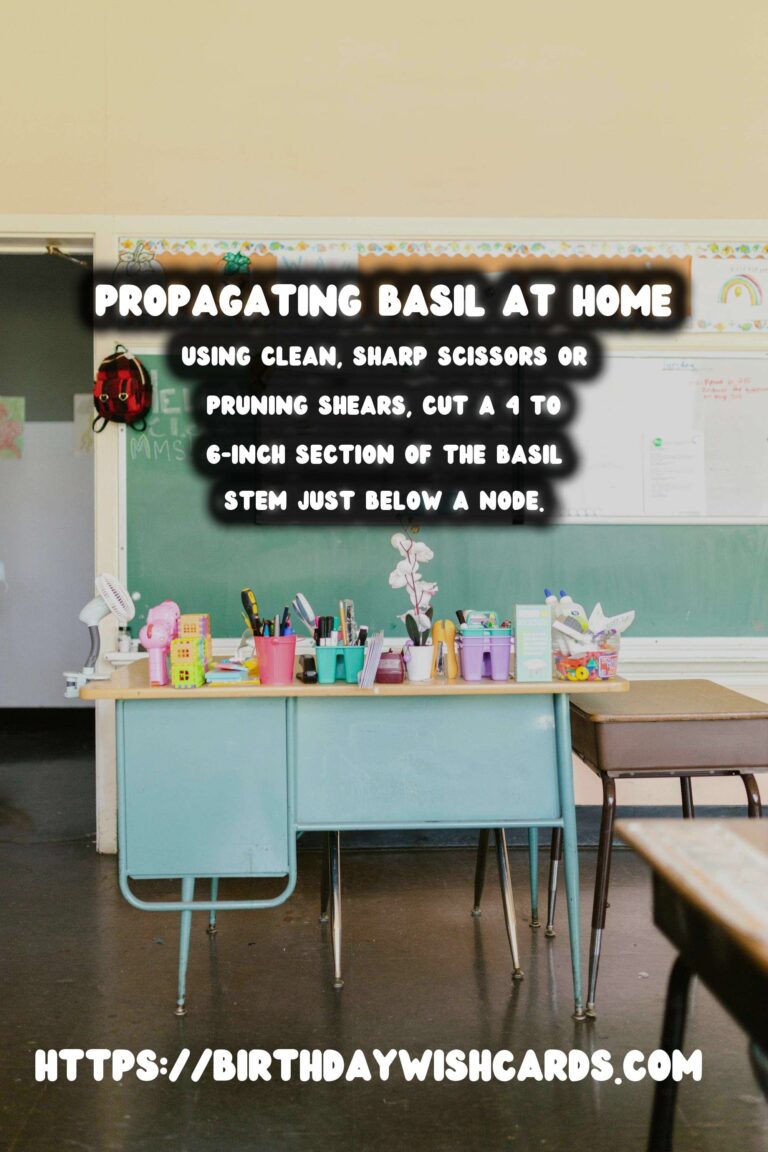
Basil is one of the most popular herbs utilized in kitchens around the world, but buying fresh basil every time can be costly and inconvenient. Fortunately, propagating basil is a simple and rewarding process that allows you to grow your own supply right at home. In this comprehensive guide, we will cover everything you need to know about propagating basil, ensuring you have a thriving herb garden.
Understanding Basil Propagation
Propagation is the process of growing new plants from a variety of sources such as seeds, cuttings, or other plant parts. Basil can be propagated through seeds or cuttings, with cuttings being a faster and more reliable method if you want to maintain the qualities of a particular basil plant.
Why Propagate Basil?
There are several reasons why propagating basil is advantageous. First, it is cost-effective as it reduces the need to purchase new plants or seeds. Second, propagation allows you to produce multiple plants from a single parent plant, increasing your harvest. Lastly, it ensures you have a constant supply of fresh basil for your culinary needs.
Materials Needed for Basil Propagation
To successfully propagate basil, you will need the following materials:
- Healthy basil plant
- Clean, sharp scissors or pruning shears
- Small glass or jar
- Water
- Potting soil
- Pots or containers
- Plastic bag or dome (optional)
Step-by-Step Guide to Propagating Basil
Step 1: Selecting the Right Basil Plant
Choose a healthy and mature basil plant with no signs of disease or pest infestation. This ensures that the cuttings you take will be strong and capable of developing into a new plant.
Step 2: Taking Basil Cuttings
Using clean, sharp scissors or pruning shears, cut a 4 to 6-inch section of the basil stem just below a node (the point where a leaf attaches to the stem). Remove the leaves from the bottom 2 inches of the cutting to prevent them from rotting in water.
Step 3: Rooting Basil Cuttings in Water
Place the basil cuttings in a small glass or jar filled with water. Ensure that the nodes where the leaves were removed are submerged in water. Place the glass in a warm, sunny spot but away from direct sunlight. Change the water every few days to prevent stagnation and promote healthy root growth.
Step 4: Transplanting to Soil
Once the cuttings have developed roots that are at least 1 to 2 inches long (typically within 2 to 4 weeks), they are ready to be transplanted into soil. Fill a pot with potting soil, create a hole in the center, and gently place the rooted cutting into the hole. Firm the soil around the cutting to eliminate air pockets.
Step 5: Caring for Your New Basil Plants
Water the newly potted basil plant thoroughly, ensuring the soil is moist but not waterlogged. Cover the plant with a plastic bag or dome to create a humid environment, which helps the cutting acclimate to its new surroundings. Gradually acclimate the plant to normal indoor conditions by removing the cover for longer periods each day.
Tips for Maintaining Healthy Basil Plants
To ensure your basil plants thrive, follow these maintenance tips:
- Place basil in a sunny location with at least 6 to 8 hours of sunlight per day.
- Keep the soil consistently moist but not soggy.
- Fertilize basil every 4 to 6 weeks with a balanced, water-soluble fertilizer.
- Pinch off the tips of the basil plant regularly to encourage bushier growth and prevent flowering.
Conclusion
Propagating basil is an easy and rewarding process that can provide you with a continuous supply of fresh herbs. By following the steps outlined in this guide, you can successfully propagate basil and enjoy its aromatic leaves for cooking and garnishing. Happy gardening!
Basil is one of the most popular herbs utilized in kitchens around the world. Propagation is the process of growing new plants from a variety of sources such as seeds, cuttings, or other plant parts. There are several reasons why propagating basil is advantageous. Using clean, sharp scissors or pruning shears, cut a 4 to 6-inch section of the basil stem just below a node. Place the basil cuttings in a small glass or jar filled with water. Once the cuttings have developed roots that are at least 1 to 2 inches long, they are ready to be transplanted into soil. Propagating basil is an easy and rewarding process that can provide you with a continuous supply of fresh herbs. 
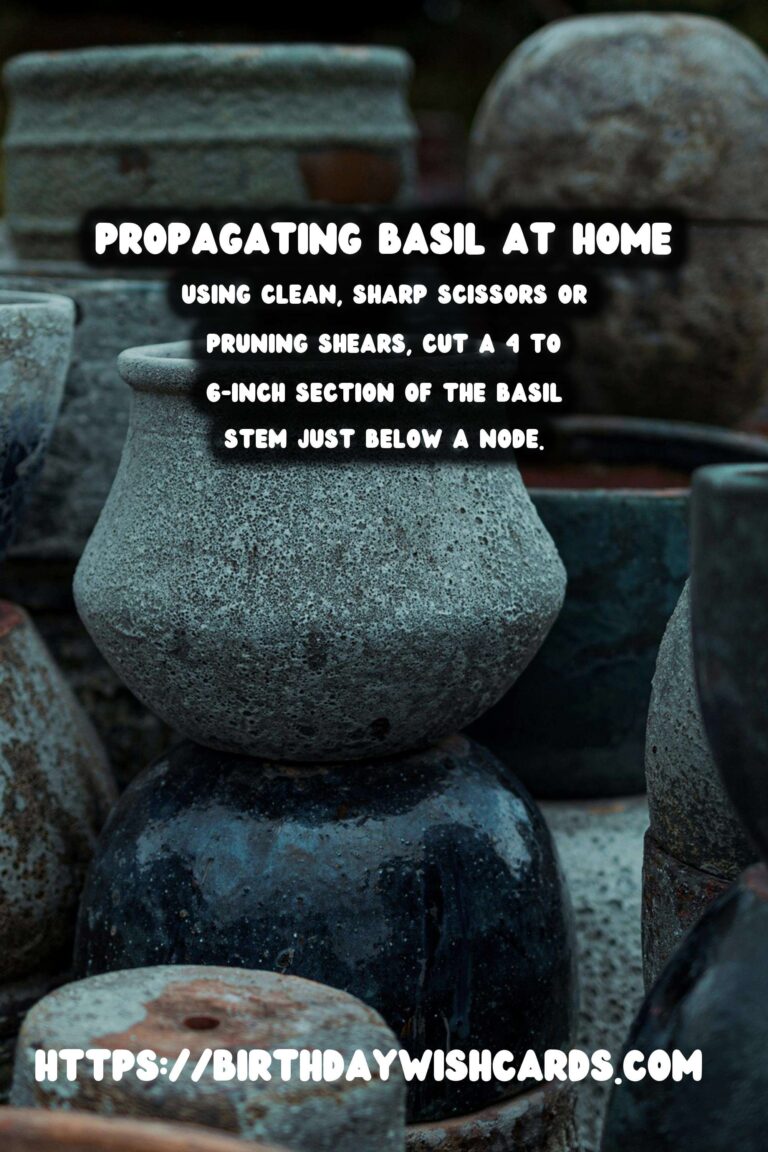
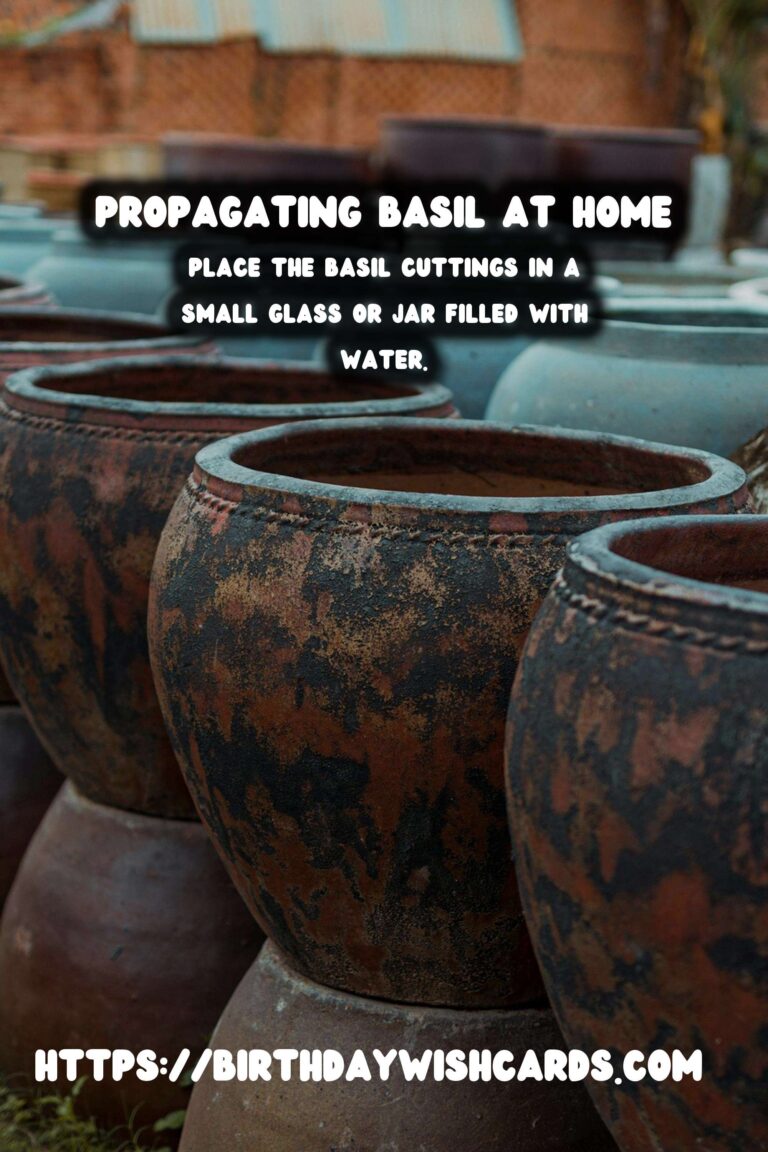
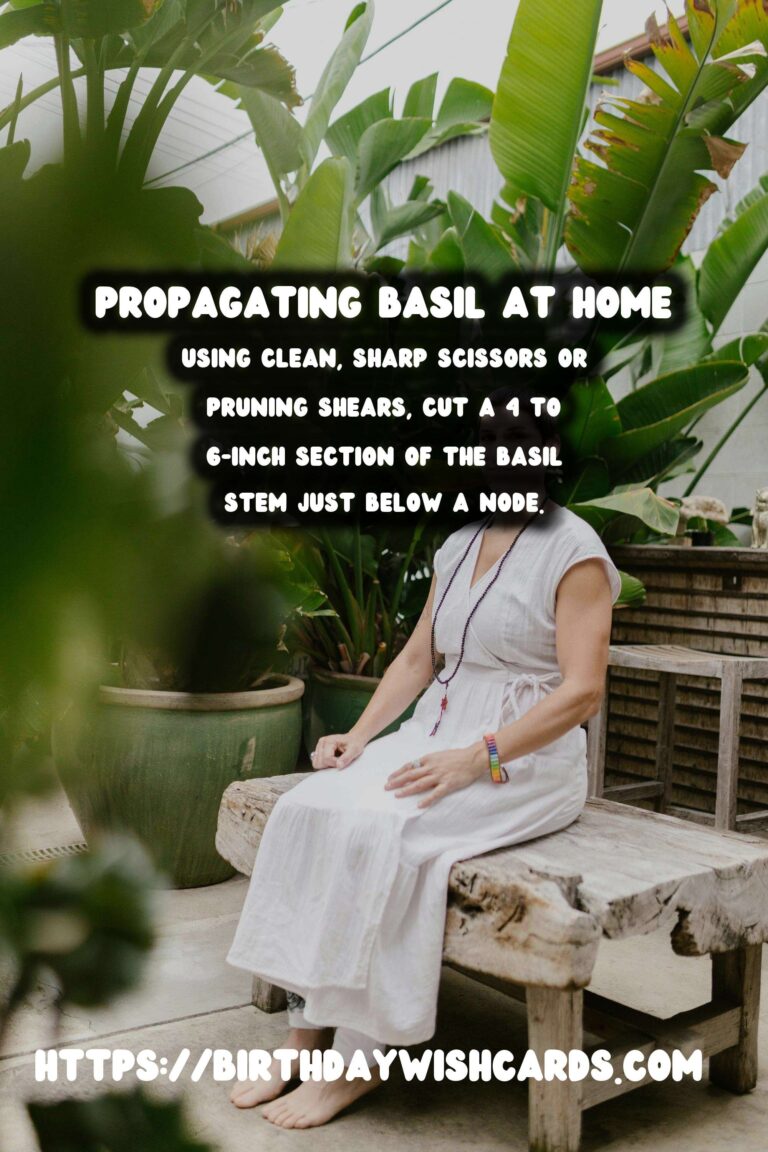

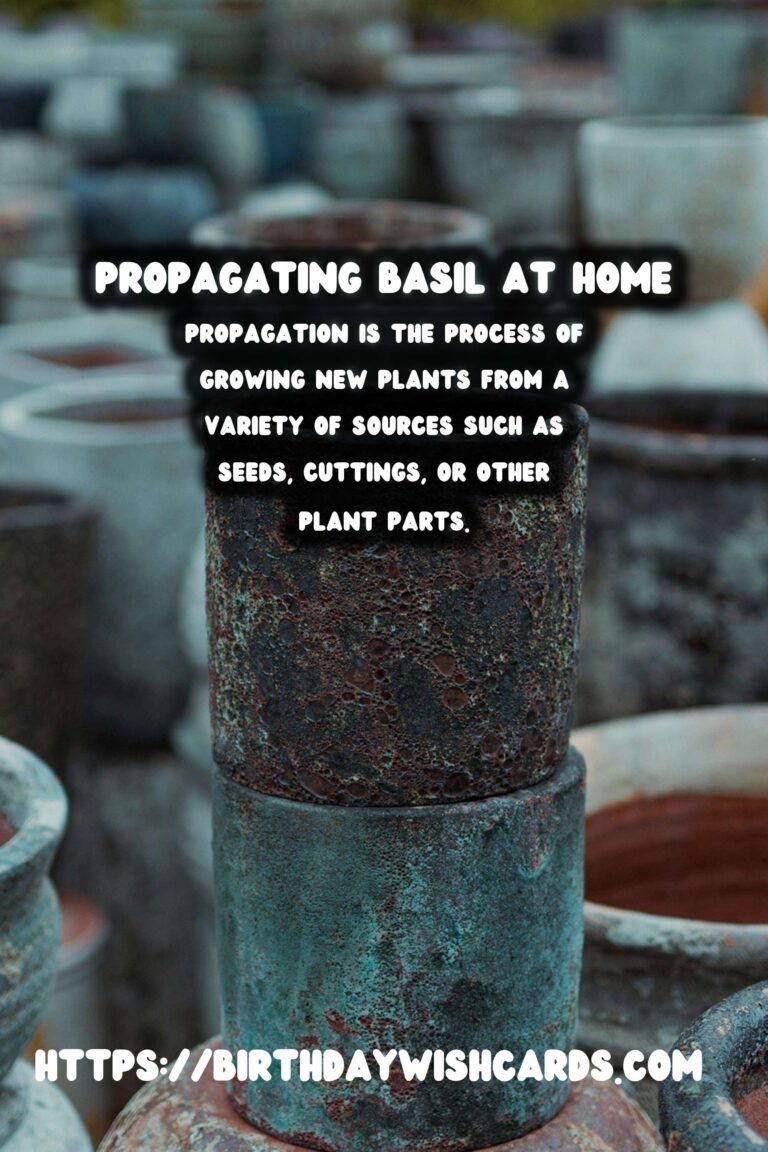
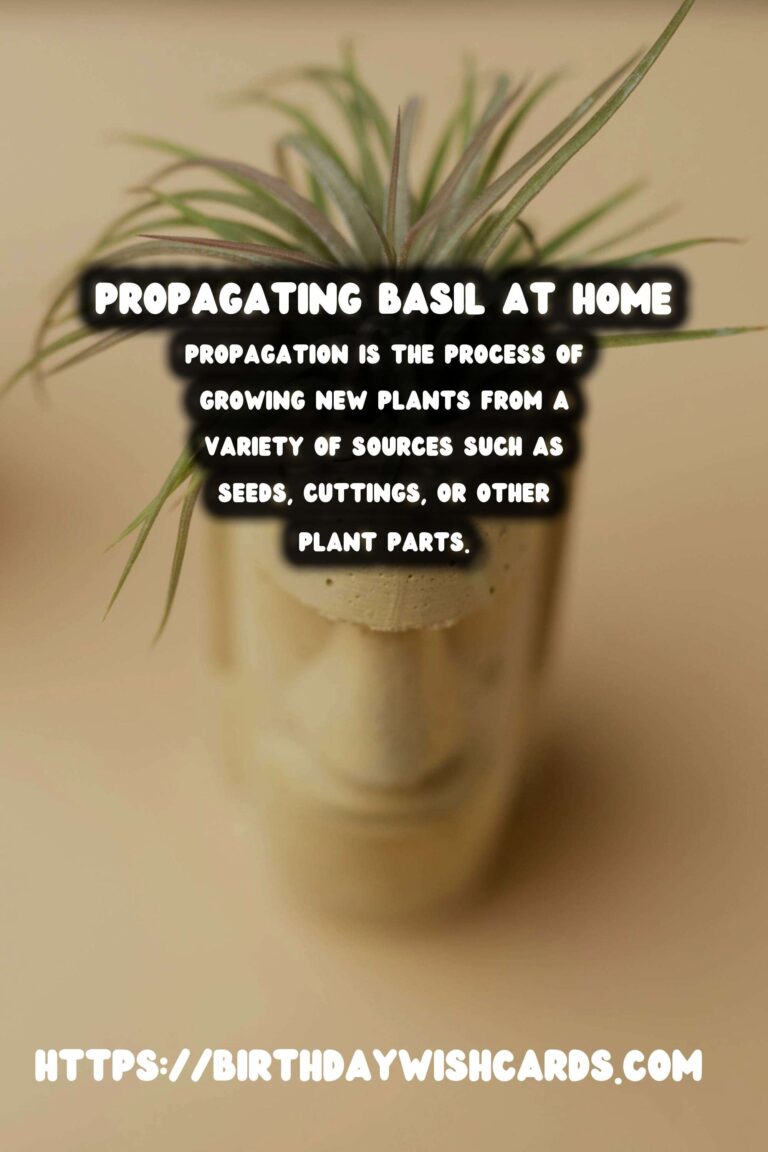
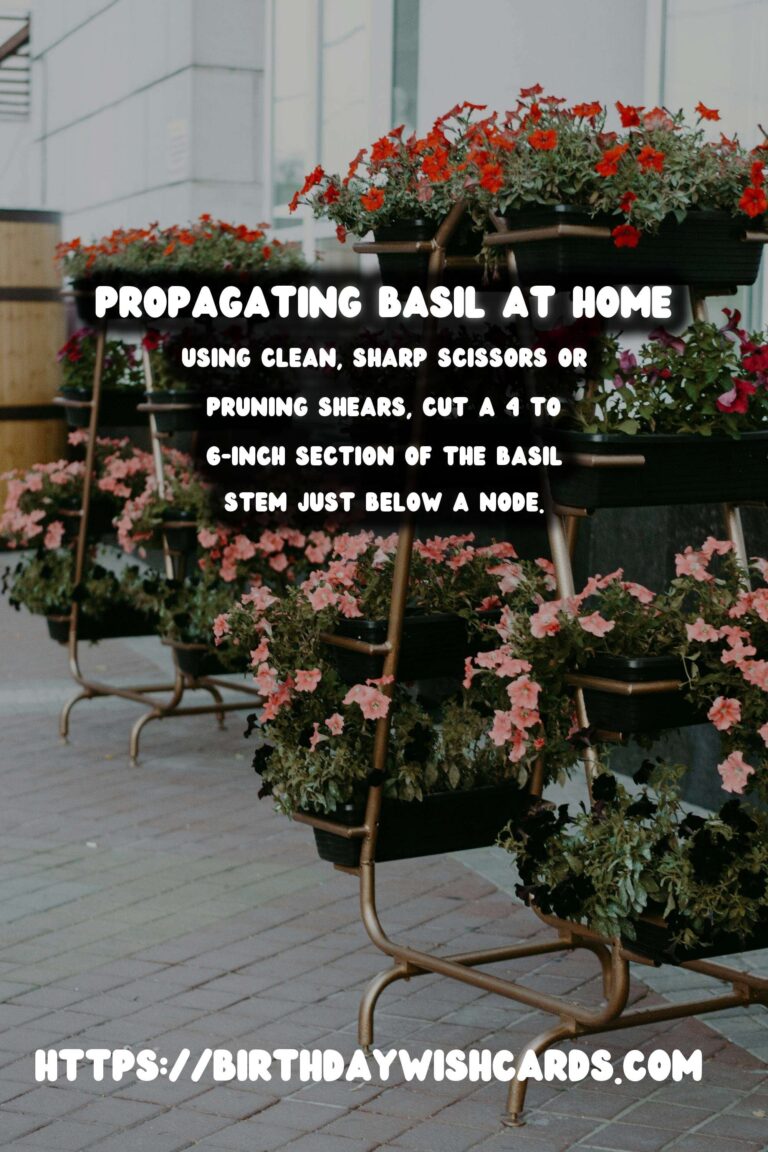
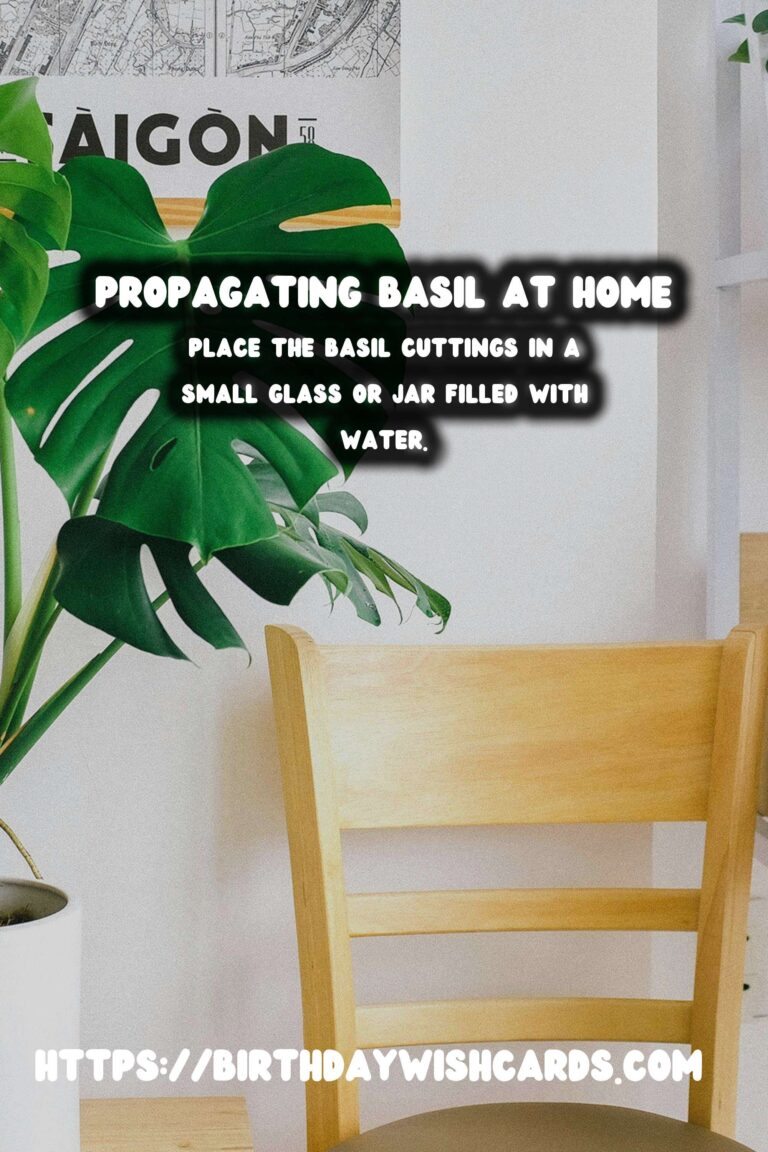
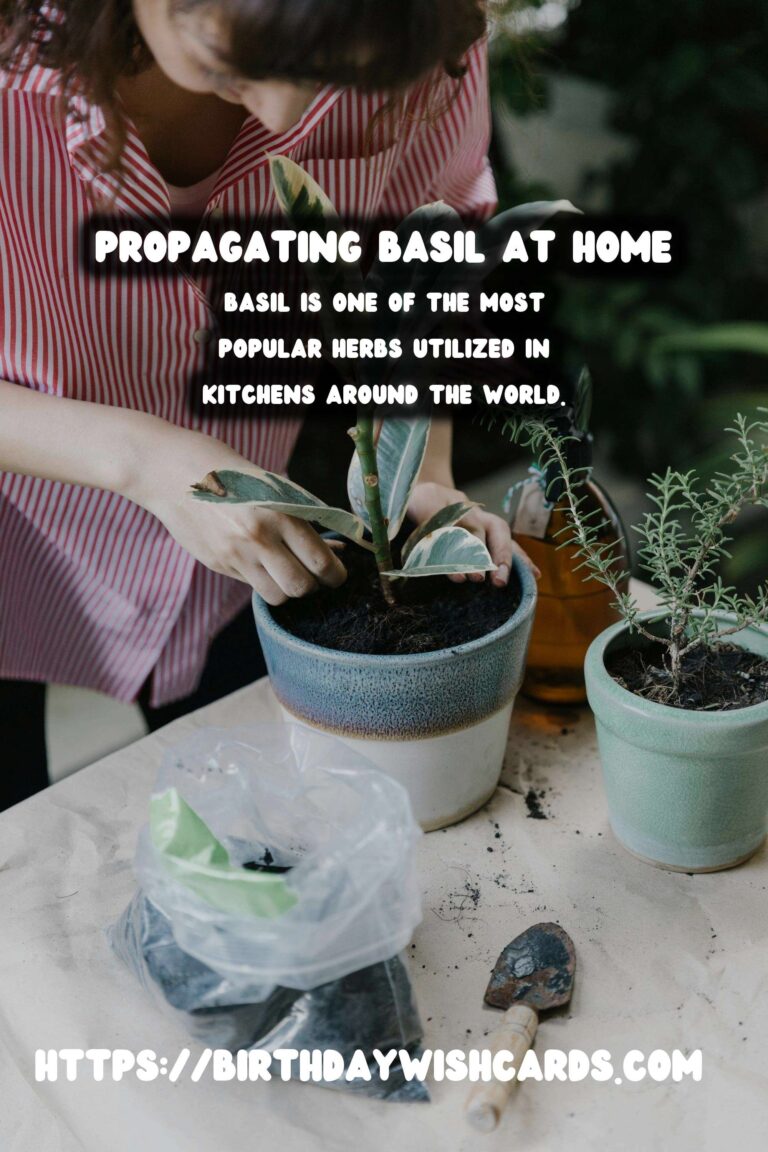
#BasilPropagation #HerbGardening #GrowYourOwn #GardeningTips #Basil




